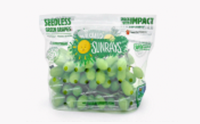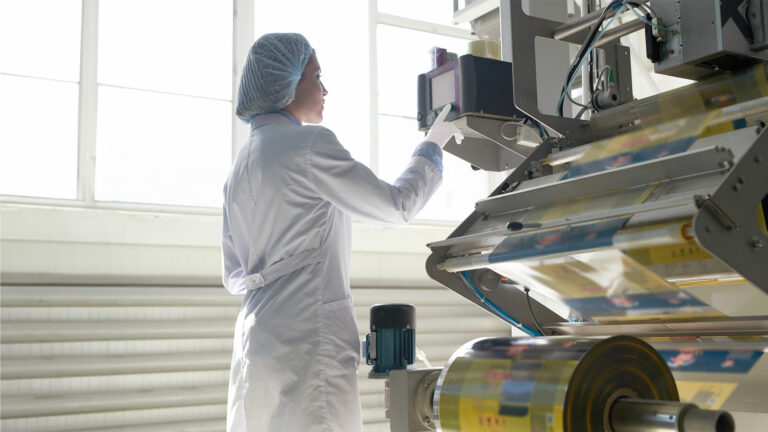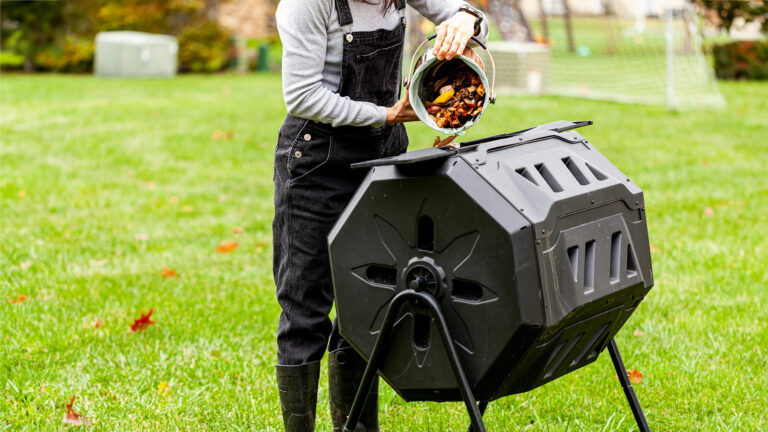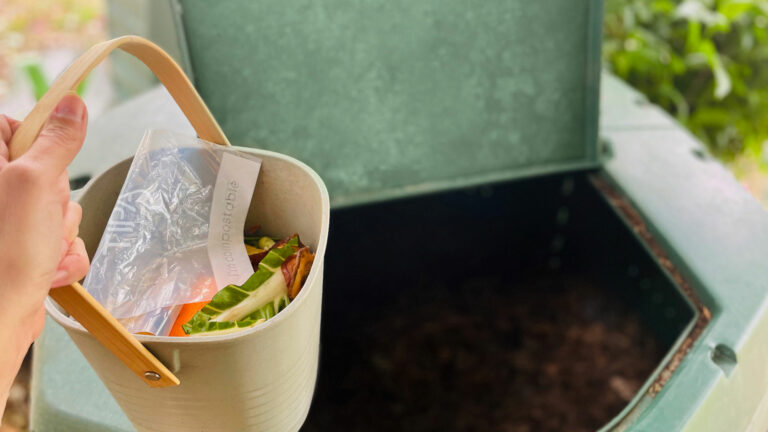Eli Lancry, Ph.D.
This article will be published in PlasticTime Magazine.
The global plastic crisis became unavoidably visible with the enactment of China’s ban on plastic shipment in January of 2018. Aptly named, ‘National Sword’ exposes the ineffective recycling system and catalyzes legislative change. The world now unites with the goal of significantly reducing plastic waste.
Since the 50’s, when plastic was first introduced, 8.3 billion tons of plastic have been produced, 70% of which has only been used once, yet only nine percent of plastic waste has ever been recycled. This enormous accumulation of waste is proof of a faulty system, but plastic is too useful to get rid of altogether.
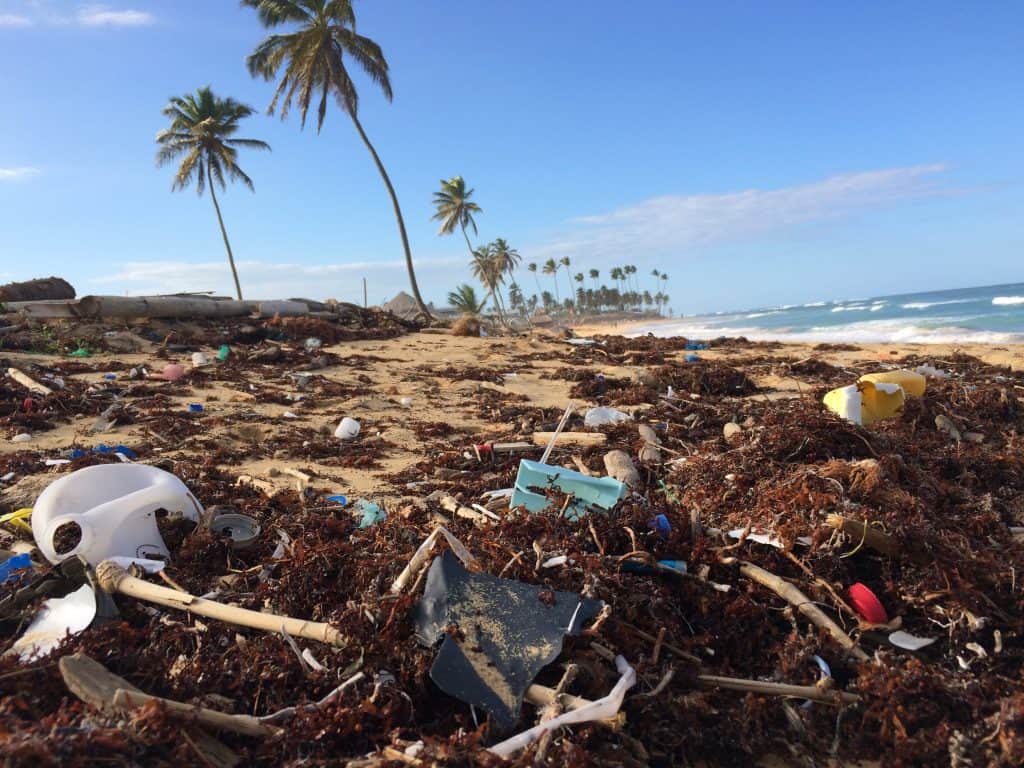
Can plastic be part of a circular economy?
A ‘circular economy’ is a system that discourages the creation of new resources, thus diminishing waste, through the long-term use or recyclability of products. The term is used in relation to the slogan ‘reduce, reuse, recycle’, which we often forget is part of a hierarchy. Recycling is a last resort, and today’s technology allows us to focus on the reduction of waste by creating polymers that decompose within 180 days, i.e. compostable polymers.
The 70’s brought on an environmental movement that catapulted recycling into popularity. As the decades passed, it seemed we had created a circular system that worked – we use the package, throw it out in the nearest recycling bin, and as far as we know, the item is then recycled into a new product. It turns out that recycling is really quite ineffective for a number of reasons.
Firstly, the percentage of the population that actually recycles is quite low. Despite the public being called upon to separate their plastic items into the right bin for years, people rarely do. Secondly, recycling is a very expensive process. The third and most prominent reason for recycling not being a productive waste method are the technological issues at hand.
When looking at flexible packaging in the industry, most products are comprised of multiple layers, often inseparable, rendering them non-recyclable or too costly to recycle. Additionally, it is little known that the recycled package actually takes a loss in quality each round of recycling, and can only be recycled into products which don’t require strong optical and mechanical properties, like plastic white fences. Therefore, the amount of times material can undergo the recycling process is very limited. How many plastic white fences do we really need anyway?
So in order to achieve a true circular economy, we must adopt a broader perspective, one that allows us to reach a situation in which raw materials return to their original state with no drop in quality and no harm done to the environment. Then the product can be said to be recycled in the truest sense of the word.
Compostable polymers
Compostable polymers are a true realization of a circular economy. Between each monomer of a compostable polymer are sensitive polyester bonds. These bonds are prone to breaking relatively easily under humid and varying temperatures. The monomers themselves are biodegradable and will thus break down entirely.
These polymers will not break down on the supermarket shelf, but are designed with a lasting shelf-life. The compost process takes effect only once proper conditions are administered, and they are appropriate levels of oxygen, temperature and humidity, as well as the presence of microorganisms.
Compost is the ideal medium for decomposition, which occurs when the polymeric chain is shortened into oligomers that microorganisms can digest. Products of the degradation process are carbon dioxide, water and biomass, which can be used as soil nutrients (i.e. compost).
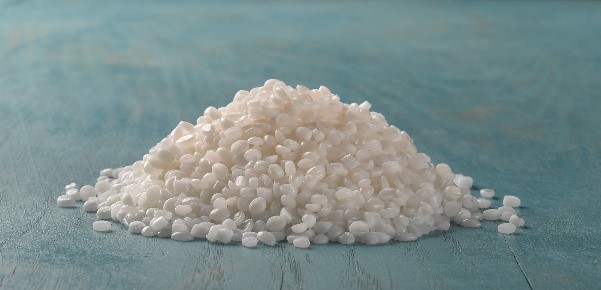
A circular economy is only achievable if the raw materials are actually renewable, and rather than diminishing in quality, return to their natural state.] Compostable polymers have been developed to the point where compostable flexible packaging indistinguishable from regular flexible packaging.
Types of compostable polymers
Solutions exist, and more and more companies are coming on board, making the switch from regular plastic polymers to compostable ones. The following biodegradable polymers are commercially available.
- PLA (polylactic acid) – This most prevalent biodegradable polymer is made from renewable resources, mostly fermented corn and sugar cane, forming lactic acid which in turn is polymerized into polylactic acid. PLA boasts high transparency levels and mechanical properties that fall somewhere between polystyrene and PET but is very brittle. PLA must be broken down under industrial composting conditions (temperature = 58°C) due to its high Tg (glass transition temperature) at around 60 degrees Celsius.
- TPS (thermoplastic starch) – Starch is one of the more common raw materials found in the food industry. By adding a small amount of water and applying thermal treatment and pressure, starch can be turned into thermoplastic material which can then be extruded. TPS decomposes rapidly even under home conditions (room temperature) but the temperature range in which it can be processed is limited.
- PBAT (polybutylene adipate terephthalate) – This compostable polymer emulates low density polyethylene best. A copolymer of 1,4 butanediol triprotic acid and 1,4 butanediol adipic acid, PBAT is very effective when combined with other compostable polymers with a brittleness matching that of PLA. PBAT primarily decomposes under industrial conditions.
- PBS/A (polybutylene succinate / adipate) – This linear, compostable polyester with polypropylene-like properties, is polymerized via a chemical reaction between succinate and 1,4 butanediol. PBS/A decomposes primarily under industrial conditions but when adipic acid is added, it can be home compostable as well.
- PHAs (polyhydroxyalkanoates) – PHAs are naturally occurring polymers produced by bacteria and plants. No synthetic polymerization is required. Because these polymers are formed in a natural way and without synthetic chemistry, they have a rapid degradation rate and can also be suitable for anaerobic conditions, as well as in soil and in sea water.
Challenges of compostable polymers
If we are to replace conventional plastic, we want the substitute to match in all aspects of quality. While compostable films emulate regular plastic fantastically in properties such as transparency, durability, sealing strength and flexibility, there are a number of technological aspects that still require improvement.
- Functionality – There has not yet been discovered a single polymer which holds within it all the functionality provided by traditional polymers such as polyethylene, polypropylene, PET, etc., all which eventually need to be replaced.
- Barrier – Contrary to polyolefins, which have a decent moisture barrier but a sub-par oxygen barrier, compostable polymers tend to have better oxygen barriers but it is difficult to develop ones with good moisture barriers.
- Preservation of mechanical properties – While traditional plastic is able to retain its properties for long periods of time, the quality of compostable polymers gradually diminishes as a result of prolonged exposure to surrounding environments.
- Pricing – Keeping in mind the large discrepancy in size between the market for compostable and traditional polymers, and that a rise in the former will lead to a significant drop in pricing, the chemical composition of compostable polymers is much more complicated and thus requires additional production phases which raises the final price of the product.
A ‘tip’ in the right direction
Compostable polymers have been in the market for nearly 20 years, but most of the products brought forth until now are inferior in mechanical, optical and barrier properties relative to conventional plastic. TIPA is a company that develops and produces compostabe packaging solutions, galvanizing the market with innovative technology. The solutions are implemented today by small and large businesses around the world.
In a planet drowning in plastic waste, a preventative solution like compostable polymers is a major breakthrough. Working together with other sustainable companies and movements, the world actually stands a chance at getting a clean slate.
Translated by Sarah Winkler









